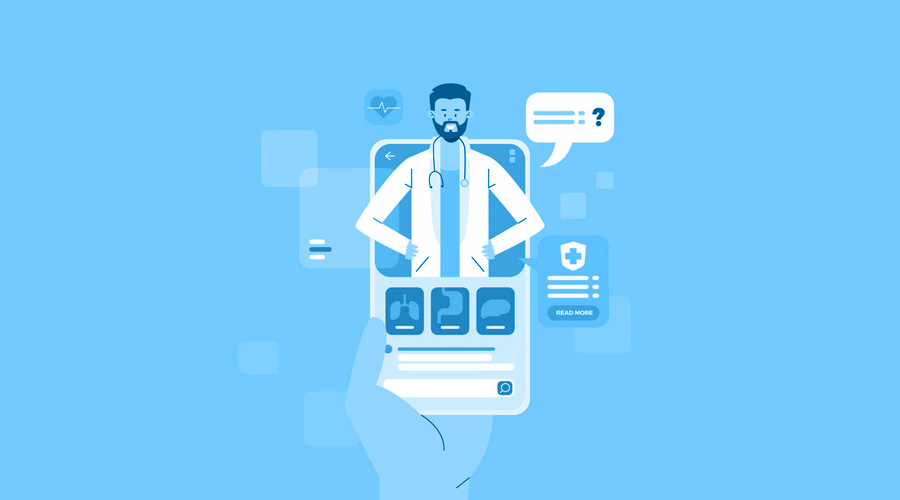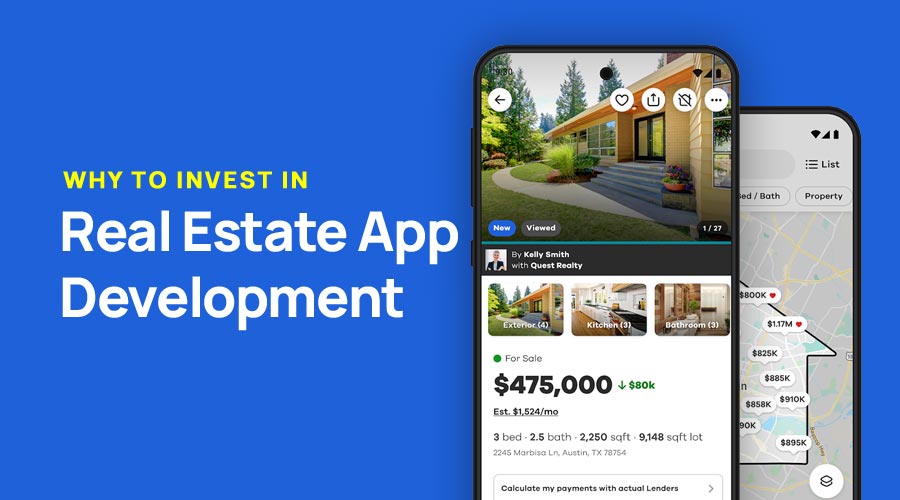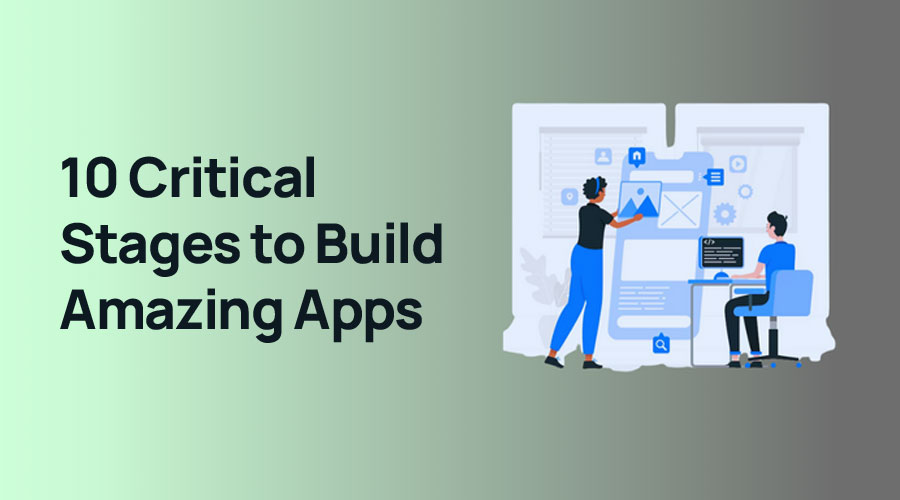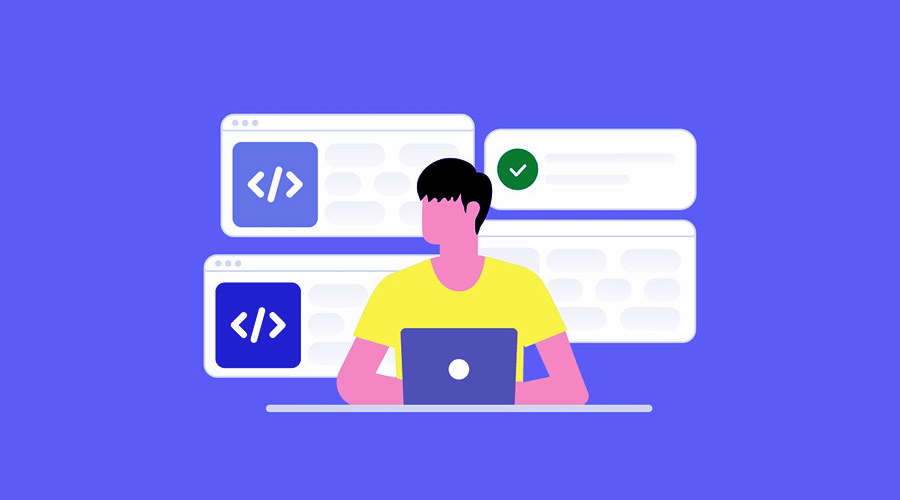Telemedicine App Development Guide – Features & Cost

Why not consider the more extensive economic environment than just telemedicine itself if there seems to be so much buzz around it? The current situation of an impending recession is well-known to such an extent that even venture capital funding has been on the decline.
But this is not the case with experienced Internet health investors who are investing more in advanced technological concepts like artificial intelligence, the Internet of Things, and Big Data that are transforming health care. Healthcare startups or existing organizations partner with the leading telemedicine app development company are creating different telemedicine solutions.
For healthcare startup founders looking to make an impact, the message remains clear – innovate. The article aims to guide you through some basics about the development of telemedicine apps that you should know before proceeding any further in order to stay competitive within this rapidly evolving industry.
What’s a Telemedicine App?
So, what is a telemedicine app? In simple terms, this is a digital platform or mobile app which connects patients with healthcare providers remotely through video calls, chats, or other digital means of communication. For example, imagine if you could see your doctor without having to leave your house and then go back to work in a few minutes with no waiting rooms for transport—sound convenience?
During the pandemic, when personal visits were sometimes impossible, these applications became a lifesaver for healthcare delivery. Additionally, they do not just give convenience; they open up healthcare access, particularly in distant places which are out of reach of traditional healthcare services thus acting as an enabler for routine checkups, follow-ups, and chronic disease management saving time for both patient and healthcare provider.
Features of a Telemedicine App:
- Video Consultations
- Instant Messaging and Chat
- Online Appointment Scheduling
- Electronic Health Records (EHR) Integration
- Online Prescription
- Remote Monitoring
- Push Notifications
- Health Records
- Analytics and Reporting
How The Demand for Telemedicine App Development is Growing?
Why is the demand for telemedicine app development rising? This meets the changing needs of patients and physicians. It is convenient, cost-efficient, and easily accessible since it makes use of advanced technology at present. Instead of being just a phase, leading telemedicine app development company and developers are starting to view this change in high regard as a radical change in healthcare. What causes this increase in demand though? Let’s examine it.
Pandemic-Driven Necessity
How we access healthcare changed entirely because of COVID-19. In-person visits were almost impossible when lockdowns and social distancing measures were put in place. During this period, a lot of people resorted to telemedicine apps that allowed them to consult doctors without leaving their homes.
Convenience and Accessibility
Everyone loves convenience, right? For instance, telemedicine apps eliminate the need to travel from point A (your home) or Point B (workplace) plus waiting rooms or strict appointment timings ever again.
Hence, regardless of whether one lives in a city where there are many people or lives away from such places including villages with very few services- using mobile phones with just taps. These people access quality services on their phones whenever they want them. At this level, accessibility is particularly helpful for people who have mobility problems or reside where medical services are limited.
Technological Advancements
Telemedicine apps have become more efficient and user-friendly due to rapid advancements in technology. High-speed internet connections, reliable video calls, AI-driven interactions, sensors from Internet of Things (IoT), secure data storage system management solutions are the factors, that have enabled telemedicine to work for providers and patients alike.
Cost efficiency
Telemedicine is a very good method when it comes to reducing health costs a great deal. To begin with, patients are saved from travel costs and work leave payments by using it. On the other hand, medical centers are able to cut down on administrative costs related to maintaining physical offices hence see more patients per unit time. This sort of cost efficiency benefits all parties.
Chronic Disease Management
Chronic disease management necessitates constant monitoring and follow-up. For example, telemedicine apps enable continuous care for patients with diabetes, hypertension, or heart conditions. Better management of such diseases is made possible by remotely monitoring them at regular intervals including virtual visits hence leading to better patient outcomes.
Mental Health Services
There is increased awareness about mental health with more people seeking help than before. Telemedicine apps provide a private way of accessing mental health care options such as therapy or counseling. This access is crucial in encouraging more individuals to seek help when they need it.
Competitive Advantage
A telemedicine app can offer healthcare providers and startups a competitive edge. In addition to demonstrating an innovation commitment and patient-centric care, higher patient volumes may result in more patients.
Telemedicine App Development Process: How To Develop A Telemedicine App
Now, you have decided to venture into telemedicine app development. So, how do you go about the development process? Read on for all the steps involved.
1. Idea Generation and Research
Every good app starts with a good idea. First figure out what problem area your telemedicine application will target — general consultations only, Mental health services, or Chronic disease management are some examples. Research extensively so as to understand your audience deeply —including who they are, your competitors, and the most recent telemedicine trends.
Read more: Top App Development Trends That Startups Shouldn’t Miss
2. Features Definition
Once your idea is clear, define its core functionalities. These include video consultations, chat options, appointment scheduling capabilities, EHR integration capabilities, prescription trackers, remote monitoring functionalities, etc— First things first: put more weight on the feature set that is most important for the end user.
3. Choose the Right Technology Stack
Selecting the right technology stack is necessary for a smooth-running application when it comes to both performance and scalability. This means that developers should use strong backend development which enables them to secure data while making it difficult for unwarranted access into the system and also ensuring that the system can handle some incoming requests at a go.
If you want your app to work on multiple devices without employing different programming languages for each device then consider employing common technologies like React Native or Flutter for the frontend as well as Node.js or Ruby on Rails for backend development. Besides, ensure compliance with HIPAA regulations regarding data protection
4. Develop the MVP (Minimum Viable Product)
Before you build your complete application create a Minimum Viable Product (MVP) first. This will help you to test the concept and collect feedback from early adopters. User registrations, video calling, and basic planning are some of the key features that an MVP should have.
5. Testing
Before launching a software program, it’s very important to do thorough testing in order to catch any bugs or errors that may occur when the system is online. At this stage, we can test the app’s functionality, usability, speed in performing its functions, and security against hacking attempts. For instance, if you have a small beta group, ask them to provide feedback on how well the product works.
6. Launch
Upon completion of testing and confidence in your app’s performance stand, consider releasing it into the market. Besides Google Play Store and Apple App Store are the best places for submission of all development projects aimed at mobile devices respectively. In addition, make sure that you are in line with the guidelines set out by these platforms because they make approvals easier for developing applications.
7. Marketing and User Acquisition
As a popular saying in business goes, “A great product without marketing equals to zero“. Use combinations of email campaigns concerned with digital marketing along with promotions done via Facebook, Twitter, or LinkedIn and also forge alliances with some health institutions such as hospitals where doctors can refer patients back to practice there. It is important that you mention what will make people buy this application instead of others which exist out here already.
How Much Does It Cost to Build a Telemedicine App?
So, you’ve been thinking about creating a telemedicine app and one of the key questions on your mind is most probably “What’s the price?” Well, there’s no particular answer since different factors can lead to varying costs such as:
- 1. Scope and Complexity
- 2. Design and User Experience
- 3. Development Team
- 4. Technology Stack
- 5. Third-Party Integrations
- 6. Compliance and Security
- 7. Testing and Quality Assurance
Total Estimated Cost
Putting this together, we would estimate:
- Basic Telemedicine App: $60,000 to $100,000
- Mid-Range Telemedicine App: $100,000 to $150,000
- Advanced Telemedicine App: $150,000 to $200,000+
Conclusion
In conclusion, this was a guide for telemedicine app development. The industry is changing and telemedicine is a part of that change. At this point, you should have a good understanding of telemedicine apps and their demand, the basic features they should have, and what it takes to develop them stepwise in terms of cost.
Do you want to launch your business in the telemedicine sector? Healthcare future depends on technology, and if you plan well then you can stay ahead by designing an application for this growing industry.
Also read: A Guide to Selecting Development Tools for Your IoT Internet of Things Project




